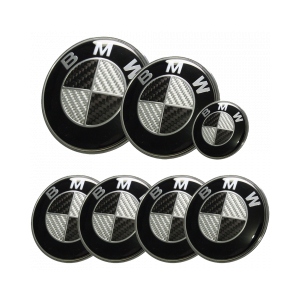Radial Shaft Seal Ring for Enhanced Protection and Performance in Mechanical Applications
Understanding Radial Shaft Seal Rings Functions, Types, and Applications
Radial shaft seal rings, often simply known as shaft seals, are essential components used in various mechanical and industrial applications. Their primary function is to prevent the leakage of fluids and contaminants from one side of a shaft to the other. By ensuring a tight seal around rotating shafts, these seals play a pivotal role in maintaining the efficiency and longevity of machinery.
Functionality of Radial Shaft Seal Rings
The radial shaft seal ring comprises flexible elastomeric material, typically rubber, and is designed to fit snugly around the shaft. When installed, it creates a barrier that retains lubricants while keeping out dust, dirt, and moisture. This sealing action helps to minimize wear on components and prevents contamination of the lubricants, which can degrade performance and lead to equipment failure.
Two primary mechanisms contribute to the sealing function the lip design and the compressive fit. The lip of the seal is engineered to make contact with the shaft, with just enough force to maintain a seal without causing excessive friction or wear. This delicate balance ensures that the seal lasts longer while still providing necessary protection.
Types of Radial Shaft Seals
There are several types of radial shaft seals, each designed to meet specific operational requirements
1. Single-lip Seal This is the most common type of radial shaft seal. It consists of a single sealing lip and is used in applications where the pressure from the lubricant is lower than ambient pressure.
2. Double-lip Seal This design features an additional sealing lip for enhanced protection. It is ideal for high-pressure applications, providing an extra barrier against leakage.
3. Metal-cased Seals These seals incorporate a metal casing for added strength and durability. They are ideal for heavy machinery and applications where higher mechanical forces are present.
radial shaft seal ring

4. PTFE Seals Made from polytetrafluoroethylene (PTFE), these seals offer high resistance to chemicals and can operate at extreme temperatures. They are suitable for specialized applications in industries such as pharmaceuticals and food processing.
Applications of Radial Shaft Seal Rings
Radial shaft seal rings are utilized in a multitude of industries, including
- Automotive In vehicles, these seals are found in the engine, transmission, and differential, playing a critical role in controlling oil flow and reducing emissions by keeping contaminants out.
- Industrial Machinery Heavy equipment and machinery such as pumps, compressors, and turbines rely on these seals to maintain operational integrity and efficiency.
- Aerospace In aircraft systems, reliability is crucial. Radial shaft seals help prevent lubricant loss and keep systems clean, bolstering safety and performance.
- Agricultural Equipment Tractors and combines utilize these seals to guard against nasty dirt and grit from fields, ensuring machinery operates effectively under rugged conditions.
Conclusion
Understanding the function, types, and applications of radial shaft seal rings is invaluable for anyone involved in machinery maintenance or design. These seals are small yet incredibly significant components that safeguard the integrity of engines and machinery by preventing fluid loss and keeping contaminants at bay. As technology advances, so too will the designs and materials for these seals, offering even better performance and longevity. Whether in automotive, industrial, aerospace, or agricultural applications, radial shaft seal rings remain a key element in the overall reliability and efficiency of mechanical systems. Proper selection, installation, and maintenance of these seals will undoubtedly lead to enhanced machinery performance and reduced downtime, which is critical in today’s fast-paced industrial environment.
-
Understanding the Front Main Engine Seal: Purpose, Maintenance, and Installation
News Jul.29,2025
-
Understanding O-Rings and Seal Rings: Types, Applications, and Custom Solutions
News Jul.29,2025
-
Understanding Crankshaft Oil Seals: Rear Seals, Pulley Seals, and Their Role in Engine Integrity
News Jul.29,2025
-
The Importance of Front and Rear Crankshaft Seals in Engine Performance and Oil Management
News Jul.29,2025
-
Crank Oil Seals: Functions, Types, and Cost Considerations in Engine Maintenance
News Jul.29,2025
-
A Comprehensive Guide to O-Rings and Seals: Types, Materials, and Global Applications
News Jul.29,2025
-
Mastering Diesel and Performance Engine Maintenance: A Guide to Critical Oil Gaskets
News Jul.28,2025
Products categories















